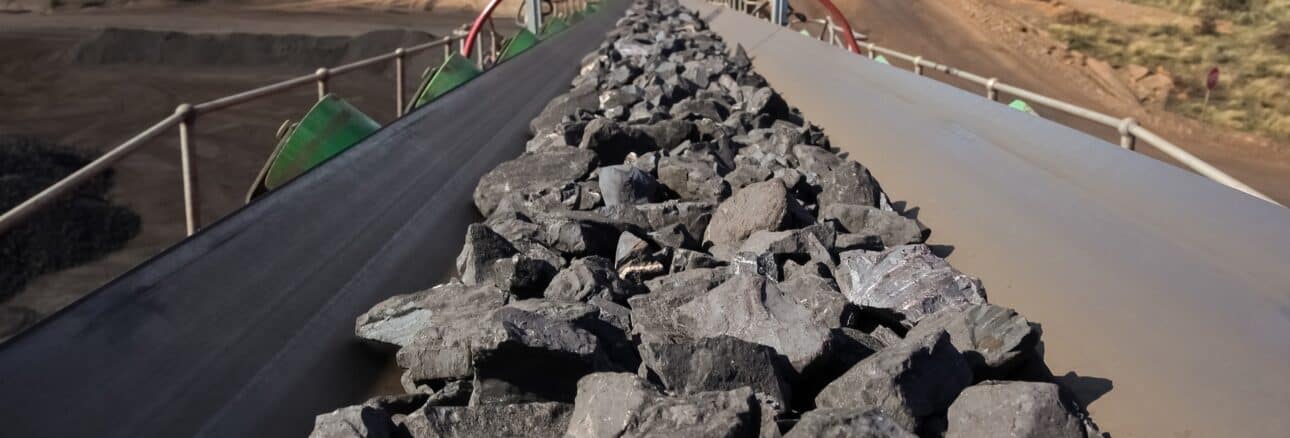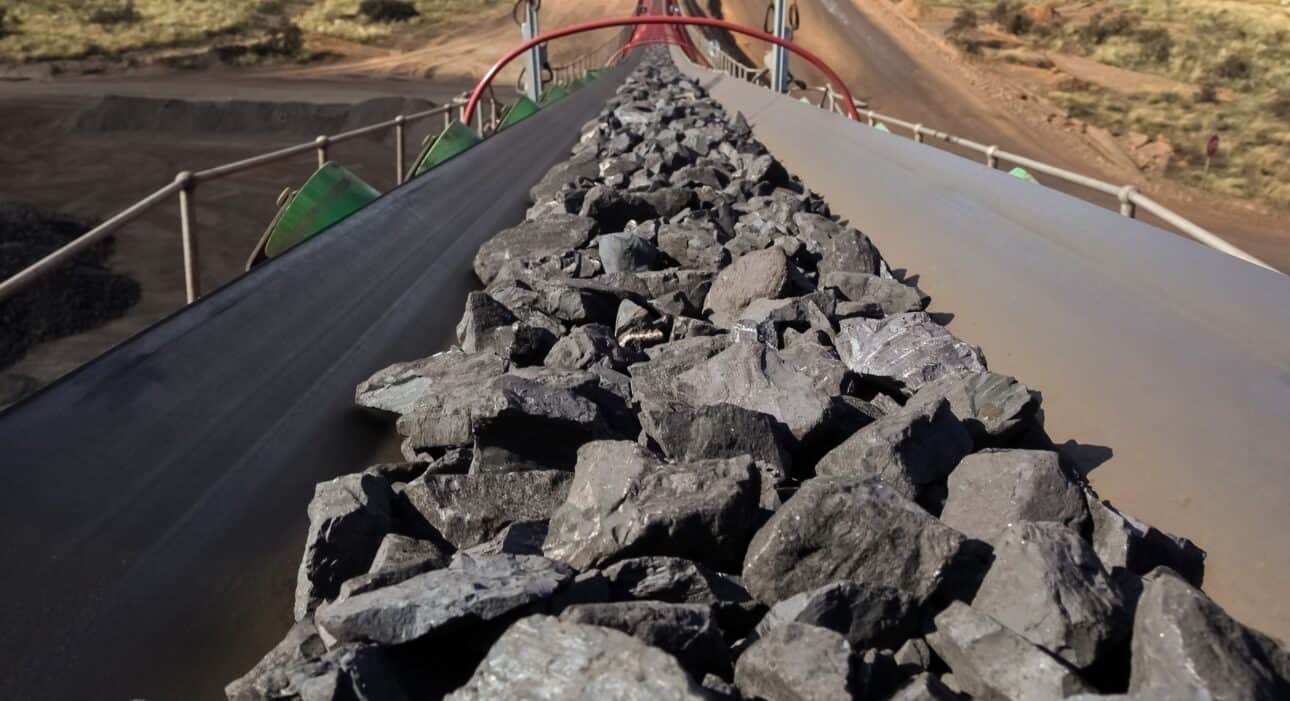Battery manganese deployment up 30% year-over-year in Q3 2023
Manganese deployment in the Americas sprints ahead of Europe, Asia
In the third quarter of 2023, a total of 19,131 tonnes of manganese were deployed onto roads in the batteries newly sold passenger EVs worldwide, an increase of 12% over Q2 this year and 30% over the same quarter in 2022, according to Adamas Intelligence data.
The Asia Pacific region recorded month-over-month growth of 18% with 10,444 tonnes of manganese deployed in the September quarter. Compared to Q3 2022, manganese use was up 19% year-over-year.
European highways and byways saw 6,178 tonnes of manganese deployed in Q3 of this year representing a mere 2% increase compared to the quarter prior but a 37% increase over Q3 2022.
In the Americas, the rate of demand growth was significantly quicker than in Europe. The region, in which the US and Canada constitute 96% of the total, saw 2,252 tonnes of manganese deployed onto roads in Q3 of this year, up 14% compared to the previous quarter and a towering 74% jump over Q3 2022.
The smallest EV market – Middle East and Africa – as expected, showed the most rapid growth with quarterly manganese deployment of 256 tonnes in the most recent quarter, up 41% compared to Q2 and a 151% surge compared to the same quarter last year.
Current cell chemistry trends working against manganese demand
Overall, Q3 2023 saw a modest global increase in manganese deployment year-over-year albeit that increase was suppressed by OEM’s increasing use of manganese-free LFP (lithium iron phosphate) batteries coupled with pervasive use of NCM (nickel cobalt manganese) batteries with elevated nickel loadings and, consequently, reduced cobalt and manganese loadings.
By GWh of battery capacity deployed onto roads globally in Q3 2023, LFP‘s market share has climbed to over 31% (and 50% in China) following a 43% rise in power hours deployed compared to the same quarter last year.
At the same time, high nickel NCM and NCA (nickel cobalt aluminum) batteries with ternary nickel content of 60% and higher have cornered more than 44% of the market following deployment growth in excess of 40% year on year.
In Q3 2023, a total of 182.6 GWh were deployed onto roads worldwide, up 39% over the same quarter last year, outpacing the rise in EV unit sales, which expanded 32% over the same period.
Adamas take:
In the face of battery chemistry trends working against manganese demand, a steady rise in the sales-weighted average EV’s battery capacity (in kWh) is helping to soften the blow, evidenced by a still modest 30% rise in manganese deployment year-over-year.
On one hand, with several OEMs in the Americas and Europe expected to up their LFP usage in the near-term, manganese suppliers will face more headwinds.
On the other hand, with several OEMs globally expected to use LMFP (lithium manganese iron phosphate) in upcoming models, manganese suppliers are poised for some welcome tailwinds.
In 2024, we expect headwinds will exceed tailwinds but from 2025 onward we could see tailwinds begin to re-accelerate manganese demand growth.
EV, Battery and Battery Materials Market Intelligence:
EV Battery Capacity and Battery Metals Tracker
Building on ongoing EV registrations in over 110 countries, our web-based platform helps users track monthly deployment of battery metals and materials, battery capacity, and the ever-evolving competitive landscapes of battery chemistries and cell suppliers.
EV Battery Capacity Monthly
The ‘EV Battery Capacity Monthly’ is a subscription-based report for tracking monthly deployment of passenger EV battery capacity by EV type, region, country, make, model, cell supplier and cell chemistry on an ongoing basis.
Back to overview



